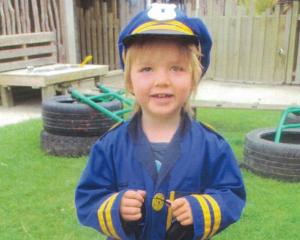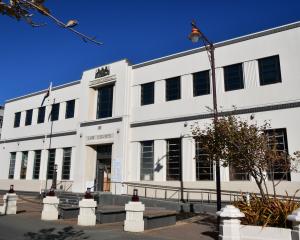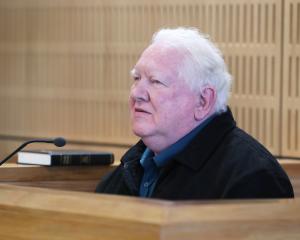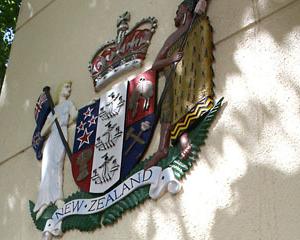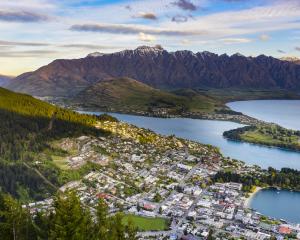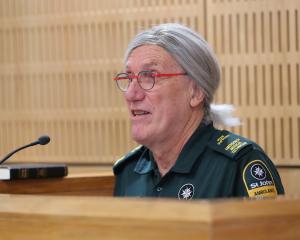Water’s fundamental role in the pūrākau of Te Wai Pounamu is echoed in its very name - the waters of greenstone.
The voyagers who first arrived here did so by sea, and soon set out around its coast, exploring its waterways and reservoirs as extensions of their navigation across the moana.
But those earliest discovers did more than simply map and track the layout of the new land, they took a direct hand in its creation, including many of the lakes for which Te Wai Pounamu is known.
Among the first footprints Māori made in Te Wai Pounamu were those of the crew of Uruao, the ocean-going waka of the rangatira Rākaihautū.
Having navigated their way from Hawaiki, Rākaihautū and his crew found themselves at the northern end of the southern land mass, Te Tauihu-o-te-Waka.
Ōtākou Rūnaka upoko Edward Ellison confirms the history.

‘‘We have many waka atua, or ancestral god-like canoes in our histories, but the Uruao was captained by Rākaihautū and he landed on the boulder banks by Nelson,’’ he says.
Having arrived at Te Wai Pounamu, Rākaihautū and his son Rokohouia split up, Rākaihautū venturing down through the centre of the island while Rokohouia took Uruao down the east coast to explore and find good places to settle.
‘‘Rākaihautū in the meantime journeyed down through the centre of the island and our memory of that journey is recorded in the lakes and the maunga that he named - or in some accounts created with his digging stick, his kō, know as Tūwhakarōria,’’ Ellison says.
The route ticked off Rotoroa and Rotoiti in what is now the Nelson Lakes District, then south to Takapo (Tekapo).
‘‘They came upon that at night, hence the way he named that lake,’’ Ellison says.
Pō means night.
He continued on to Pūkakī, named Aoraki on his way past, visited Ōhau and named the lake Hāwea for a member of his party.
‘‘It’s a name that comes down through the whanau still to this day,’’ Ellison says.
‘‘Then he come across on to Lake Wānaka and they stopped there to conduct ceremonies to fortify themselves both spiritually and physically - hence the name Wānaka.’’
Eventually, Rākaihautū and his crewmates from Uruao made their way to Whakatipu Waimāori - digging it with the kō Tūwhakarōria
‘‘So, there are all these colourful stories talking about the coldness of the water in those places.’’
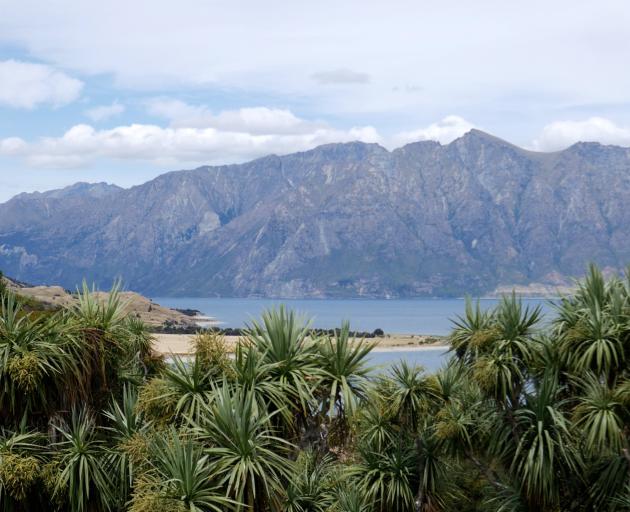
Tauraka waka, landing places for waka, were set up along the shores and on islands, such as Mātau and Wāwāhi Waka - otherwise known as Pig Island and Pigeon Island respectively.
As the Ngāi Tahu Claims Settlement Act 1998 records, Whakatipu Waimāori supported several permanent settlements, such as the kāika (village) Tāhuna near present-day Queenstown, Te Kirikiri Pā, located where the Queenstown gardens are found today, a Ngāti Māmoe kaika near the Kawarau Falls called Ō Te Roto, and another called Takerehaka at Kingston.
For Māori, the lake was more than a body of water, it was the core of a network of trails that ensured their safety on journeys inland.
There is no direct translation of Whakatipu. ‘‘Whaka’’ is a prefix that often indicates the cause of an action, and tipu means to grow or to prosper. In other translations, tipu could be derived from the word tipua, which refers to a monster or supernatural being. Wai māori means fresh water, water you can consume, water that sustains life.
‘‘Thus it is a puna (spring) which sustains many ecosystems important to Ngāi Tahu,’’ the Settlement Act says. ‘‘The mauri of Whakatipu-wai-māori represents the essence that binds the physical and spiritual elements of all things together, generating and upholding all life.’’
Whakatipu Waimāori has also been said to mean the growing bay or the bay of spirits. Some have referred to the lake as the lake that breathes, because even though it is landlocked, it has its own tides that rise and fall through the day.
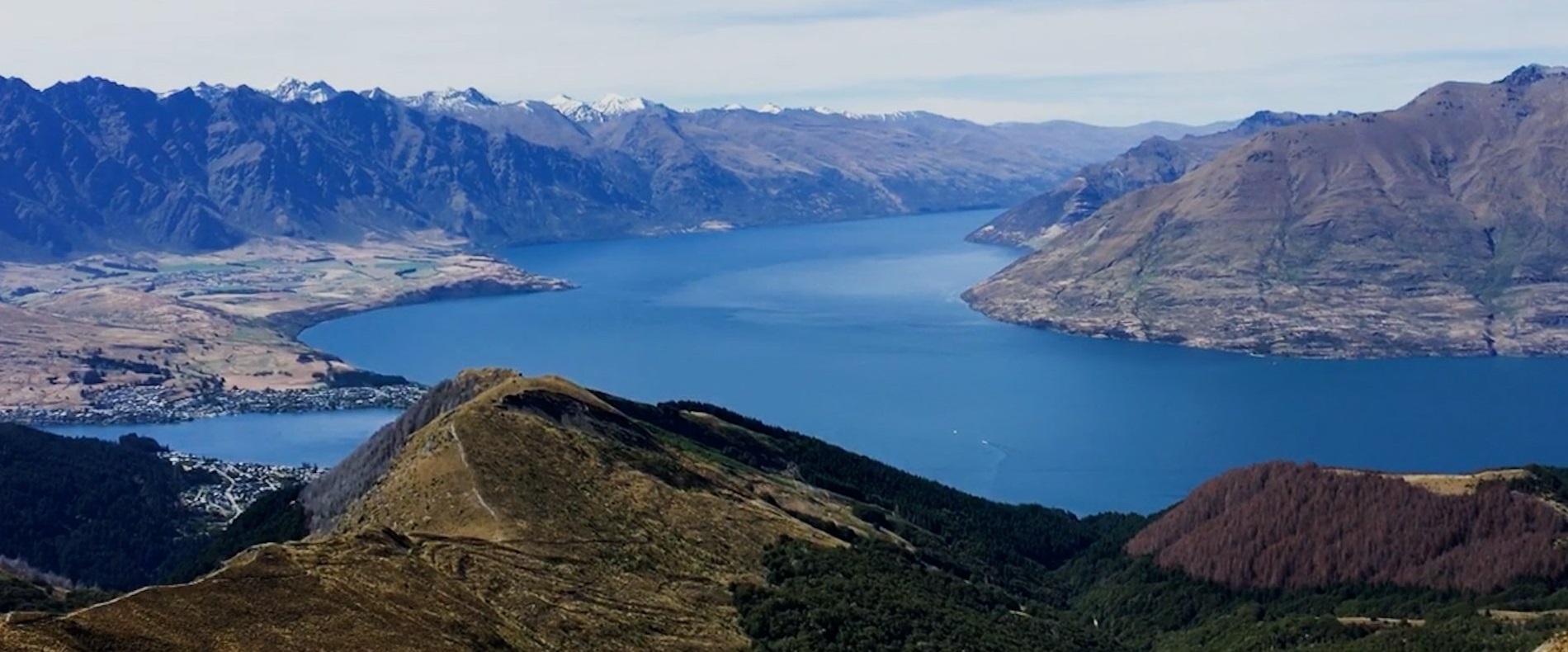
Near Kawarau lived a monster named Kōpūwai.
He tied a girl named Kaiamio to his leg at night, but she cleverly replaced herself with a log and escaped on a flax raft.
When Kōpūwai discovered the deception, he swallowed so much water in anger that the Kawarau River emptied, leaving only a rocky bed.
Today, Kōpūwai is the Obelisk rock on the Old Man Range, and Kaiamio is the nearby lagoon.
But perhaps the most famous story involves Hakitekura, the daughter of Kāti Māmoe chief Tuwiriroa
The Queenstown Gardens peninsula was once a Kāti Māmoe pā site.
The women of the village would often have swimming competitions in lake Whakatipu Waimāori and Hakitekura would watch them from a hill near Bob’s Peak.
Determined to outdo them all, she asked her father for kindling and dry raupō or bulrush.
Early one morning, she bound them together with flax and tied the bundle to her back.
Using Cecil and Walter Peaks as her guide, as the sunrise twinkled over the mountain tops, she set out into the lake, swimming a distance of 3km.
When she made it to Refuge Point, she lit a fire using the kindling and dry raupō.
In the morning, her village saw the fire smoke and her father knew it was her.
In honour of her bravery, the peak from which she had planned her swim was named Te Taumata O Hakitekura, the viewing place of Hakitekura.
Refuge Point was named Te Ahi-a-Hakitekura, meaning the burning flames of Hakitekura.
Cecil and Walter Peaks were named Kakamu-a-Hakitekura, meaning the twinklings seen by Hakitekura.
Māori made their way to these lakes from the coast using the awa Mata-au, otherwise known as the Clutha river, as their guide.
The name Mata-au is said to translate to surface current, presumably in reference to the small swirling currents seen on its surface.
The awa was a lifeline for Ōtākou hapu, providing mahinga kai along their travels to retrieve pounamu. It functioned as a fishery, home to an abundance of tuna, kanakana and kōkopu.
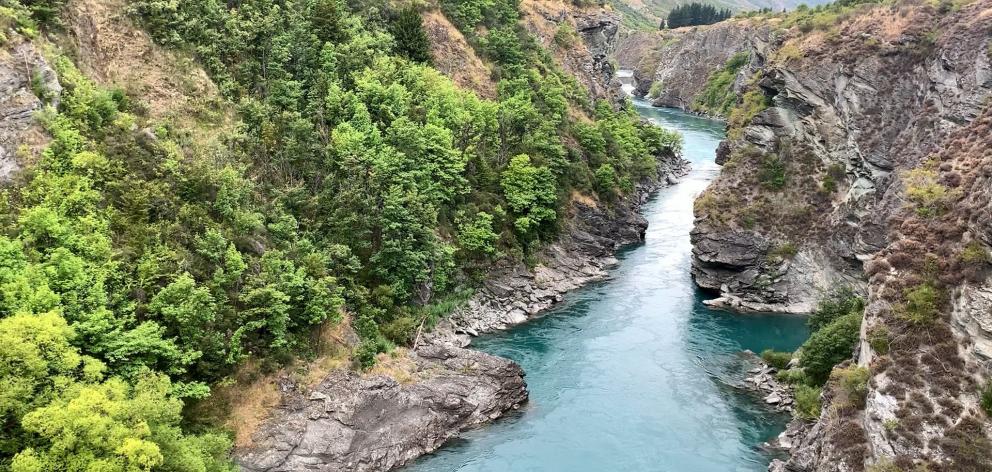
The river also became an important boundary marker between Kāi Tahu and Kāti Māmoe. Kāti Māmoe were to hold mana (authority) over the lands south of the river and Kāi Tahu were to hold mana northwards - though over time marriages between the two overcame the division.
Having tracked the length of Te Wai Pounamu, Rākaihautū returned northeast from Te Ara a Kiwa, Foveaux Strait, to hit the coast near Balclutha, Ellison says.
At that time the lake there, Roto-nui-a-Whatu (Lake Tuakitoto), was much bigger, he says.
‘‘From there he went on to Waihora, Waipouri.’’
The former is known as Waihola today, but its correct name is Waihora - which means spread out (hora) water. Waipōuri, currently mispelt as Waipori, is so named because of the dark (pōuri) colour of that water coming out of the forested hills, the tanin in the water.
Travelling north he named Kaikarae (Kaikorai) for a bird, a karae, they cooked there, then finally arrived at Waihao where he met up with his son again.
‘‘The hao is a particular kind of eel found there,’’ Ellison says.
Finally, they settled at Akaroa, and its work done, Rākaihautū jammed his ko, Tūwhakarōria, into the ridge.
‘‘So, if you are at Akaroa and you are looking almost due west, you will see along the ridge a tor, something like a tor that is leaning, poking, jutting out of the ridge. That is said to be Tūwhakarōria in the ridge, renamed Tuhiraki.’’
All these stories are a way of remembering whakapapa, Ellison says.
You recite your whakapapa and pass that on to new generations, the fabulous stories working as an aid to memory, he says.
That world view, handed down in kōrero, frames the environment and explains it to us.
‘‘How we are here, and how we relate to the whenua, to the wai, to ngahere, to ngā manu, to ngā ika, to our environment, it goes right back to the kōrero of Raki and Papa - or in our case, Rakinui had more than one wife, Poko-harua-te-pō.
‘‘We have atua or demigods assigned through this creation story starting from the time of nothingness, through to the emergence of light, the arrival of water, and then life forms, they are all explainable in our traditions. So, there is no one god in that kōrero, there are many.
‘‘There was a whanaungatanga relationship, because we descend eventually from particular lines from Rakinui and Papatūānuku down to ourselves. So there is a whanaungatanga, a connectedness, or a connectedness that then governs how we work with our environment, how we live with it, respect it, take from it, give back, and have tikanga, or rules, that keeps the balance.’’
As such, the waterways and water bodies of the South, the Mata-au, the lakes, embody a way of seeing the world.
At the same time, they are a record of the practical business of living in the land.
Whakatipu Waimāori, named by the tupuna Rākaihautū, stands as a testament to ancient expeditions. Its shores were home to the mobile lifestyles of Māori, and helped shape a network of trails and landing places. The awa Mata-au served as a highway, while also providing resources and sustenance to those who embarked on its journey.
Together, Whakatipu Waimāori and the Mata-au remain as guardians of history, connecting whanau and hapu to their ancestral roots.
Etched into the land, their stories speak of resilience, tradition, and the enduring relationship between the people and their whenua.




